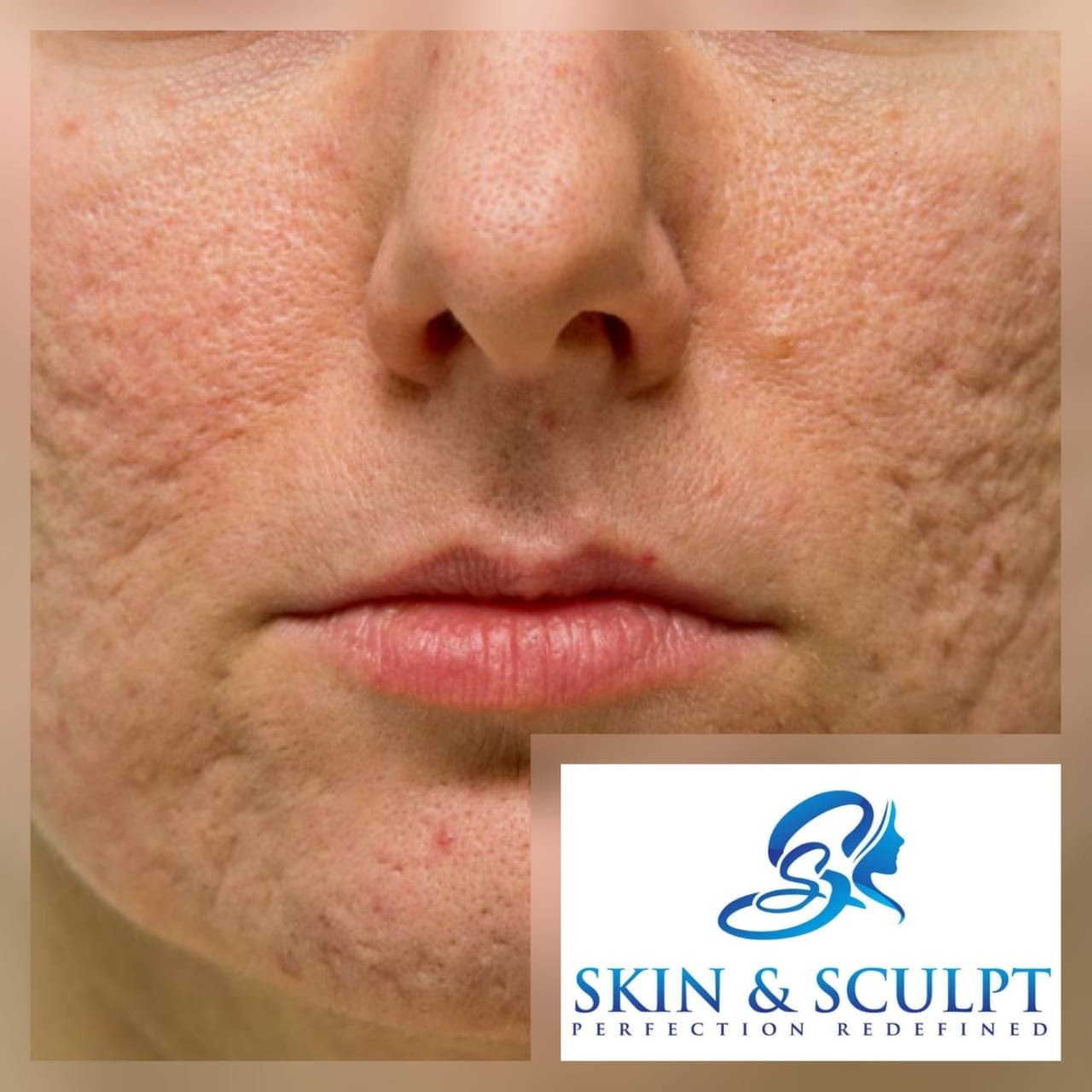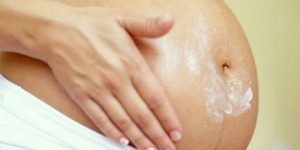
Acne is a common condition affecting more than 85% of the teenagers and adults. This skin condition develops when the hair follicle of the skin becomes clogged with oil and dead cells. The area most affected in the body by acne are the face, neck, back, shoulders, upper arms.
Acne scars are formed when acne breakouts penetrate the skin deeply and damages the tissue beneath it.
Each type of scar respond differently to each treatment.
There are two main types of acne scars:
1. ATROPHIC SCARS: Depressed scars, that sits below the surrounding skin. They are formed when enough collagen is not formed while the wound is healing.
These are of 3 types:
· Boxcar:
– ‘U’ shaped scars with sharp edges.
– Respond to skin resurfacing treatment.
· Icepick:
– Deep, narrow, ‘V’ shaped scars, look like small round/oval holes.
– These are most difficult to treat because they extend far under the surface of skin.
· Rolling:
– Wide depression with rounded edges and irregular rolling appearance.
2. HYPERTROPHIC OR RAISED SCARS: They stand above the surface of the surrounding skin when the body produces too much collagen as acne heals.
Dark spots: purple/ red/ brown discolouration left behind after acne has cleared is not a scar and will fade over a few months on their own.
TREATMENT OPTIONS:-
For Atrophic Scars
1. Dermabrasion:
– With a wire brush/wheel, deeply exfoliate the top layer of the skin.
– Best for boxcar and rolling scars which are closed to the surface of skin.
– Deeper scars may also become less noticeable.
2. Laser Resurfacing:-
– Removes the top layer of the skin.
– It typically has as faster healing time than other resurfacing treatments.
– Laser scar removal in Chandigarh is best for all acne scars with people of lighter skin tones.
3. Micro needling:
– With small, hand held, needle studded roller or hand held pen, needles are punctured into the numbed skin.
– As the skin heals, it makes collagen and reduces the depth of acne scars.
– Best for atrophic scars.
4. Subcision:
– It is lifting the scar by loosening the fibers beneath it, to help bring it closer to the surface so it becomes less noticeable.
– Best for deep rolling scars.
5. Chemical peels:
– Exfoliates the outer layer of the skin, help remove discolouration and rough skin.
– Chemical peel make scars appear less noticeable.
– Speed up the cell regeneration and improve skin’s texture.
– Best for atrophic and depressed scars.
Mild peels like glycolic acid, lactic acid, salicylic acid, jessners solution, low concentration TCA peels are useful in treatment of superficial acne scars and pigmentation.
Moderate to deep peels like higher concentration of TCA peels are more effective for deeper atrophic scars but has its own side effects.
6. Fillers:
– Injected under the surface of the skin to help plump up and smooth out depressed scars.
– Dermal fillers are good for boxcar and rolling scars.
7. Punch elevation:
– Recommended in deep pitted scars where punch is used to excise the base of acne scars, leaving the walls of the scar intact.
For Hypertrophic Scars:
· Few medications can be injected to soften and flatten the hypertrophic scars, once every few weeks.
The best way to treat Acne Scars is to prevent it in the first place. So avoid picking, popping and squeezing any breakouts, to prevent irritating the skin and damaging the underlying tissue, which can lead to scars.




